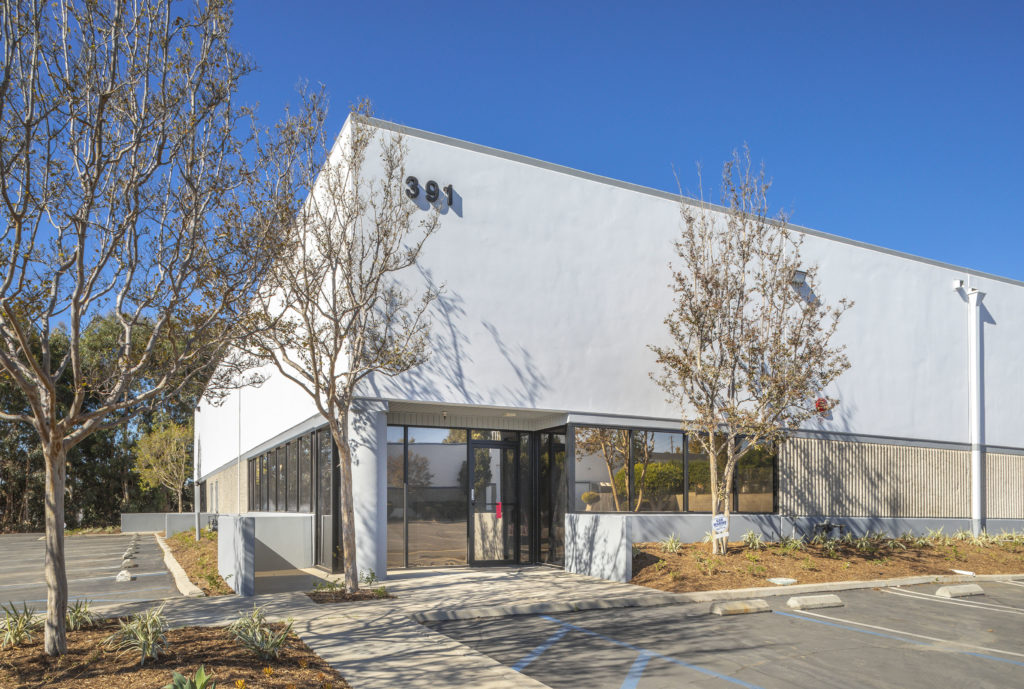This question is top-of-mind in commercial real estate circles of late.
For years, interest rates for industrial property loans have been the lowest since Eisenhower was President. The SBA 504 mortgage, widely used in the owner/user sector, fell to a record low of 2.26% last year. While that rate has drifted up in the past few months, it is still historically-low at 3.21%.
The primary driver of such low capital cost is the US Federal Reserve System, which is charged with the responsibility to keep inflation and employment balanced to allow for healthy economic growth. It regulates the volume and flow of capital through the economy by manipulating its cost. In its effort to restart economic expansion back in 2008, then Fed Chairman Ben Bernanke and his Board of Governors moved its benchmark Fed Funds Rate to 0%. After a slight rise in 2018, it was lowered again to zero where it remains today.
But, due to unanticipated and persistent inflation, the Fed has now reversed course and is set to begin a series of rate hikes meant to bring it into check. In November of 2021, the Fed also announced an end to its bond-buying binge, which has swelled its balance sheet of manufactured dollars to $9 trillion. In fact, the Fed is currently the buyer of roughly half of all US debt, which has given the Treasury Department the ability to fund massive increases in government spending at artificially low rates. With the biggest buyer of treasuries soon to be on the sidelines, yields will have to move higher to attract other investors to fill the void.

What does that have to do with the interest rate on a loan for an industrial building in Orange County? The answer lies in the fact that mortgage rates are generally tied to the yield on 10-Year US Treasury Bonds, which move up and down on a daily basis. The 10-Year, which is considered to be a no-risk investment, is used as an index and lenders add a risk premium or “spread” over the index to determine the interest rate on a mortgage. Since the yield on the 10-Year has been held down primarily by the Fed’s cheap money policy, rates for mortgages are still low. Currently, the yield on the 10-year is roughly 1.9% and mortgage rates for owner/user deals are in the mid-3% range.
If the Fed raises the Fed Funds Rate four or more times in 2022 as is forecast, what will happen to mortgage rates? The simple answer is that they will move higher. The harder question to answer is by how much? With rates so low, we think that even with a 100-basis-point rise in 2022, market pricing will not be significantly affected, primarily due to the lack of supply of industrial property. Vacancy is under 1% in many submarkets, and that should provide pricing support to offset the impact of higher mortgage costs.
The price of industrial property in Orange County has risen far above what most industry professionals thought possible. The typical industrial building is selling at more than twice the price of the previous market peak of 2007, and US economic growth is uneven and unpredictable due to inflation, supply chain issues, a shortage of workers and ongoing pandemic protocols. That, along with a more significant rise in mortgage rates, may be a signal for some to take a more cautious approach to business expansion, which could finally cool demand for industrial real estate later this year.
To some, a little cooling off period could be a healthy thing. A slight rise in vacancy would free up quality product that is in such short supply, and property owners who have been riding the wave of rising prices may see 2022 as a good time to become sellers, freeing up inventory for buyers to acquire before mortgage rates move substantially higher. At this point it is still too soon to tell what the impact of higher capital cost will be. What we can say for sure is that every property owner should first assess their own unique circumstances. If debt is not an issue and the property is put to good use, a weather-the-storm approach may be appropriate. But, for any property owner who has immediate or mid-term plans to sell, the prospect of higher interest rates should be a call to action.
Whether you make a move or stay the course, it’s something to give some serious thought, and maybe we can help.


Leave a Reply
You must be logged in to post a comment.